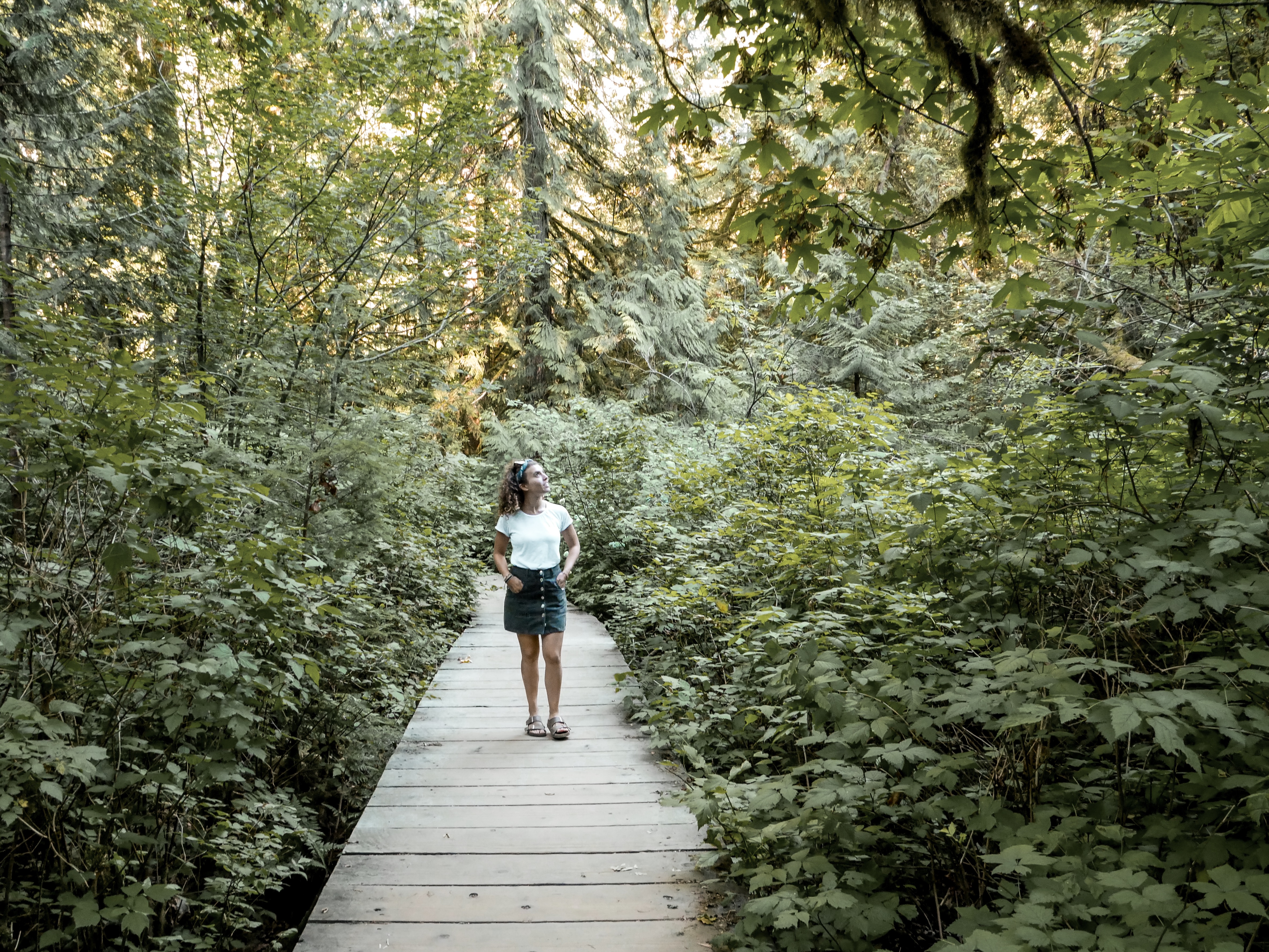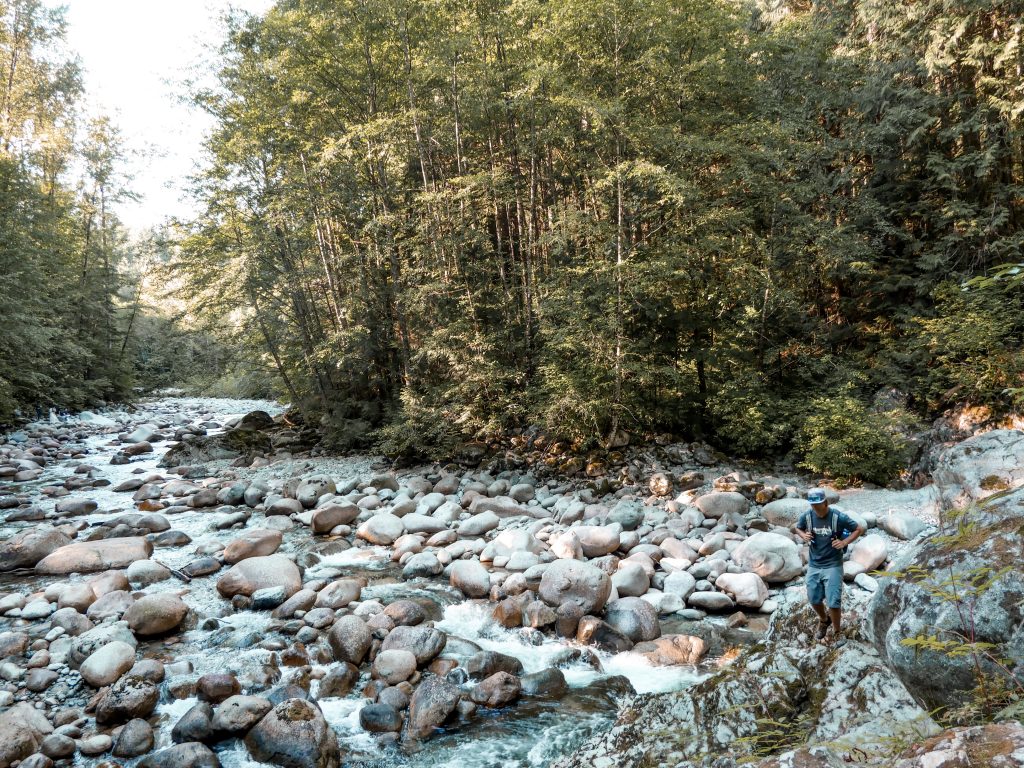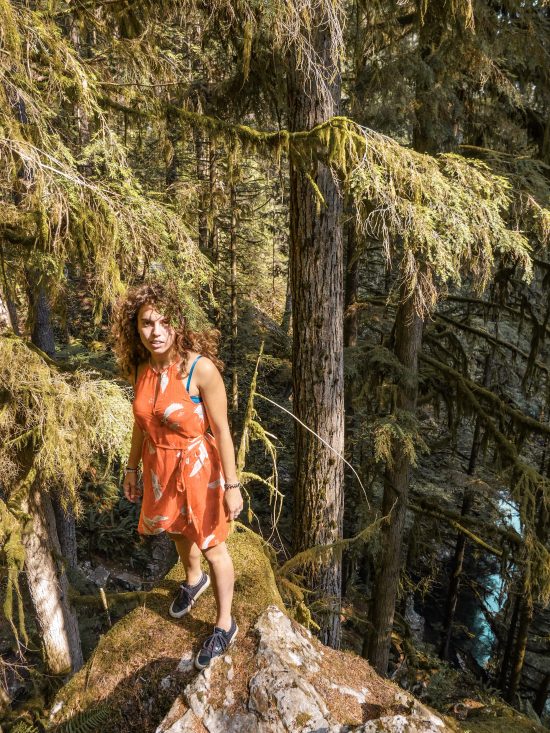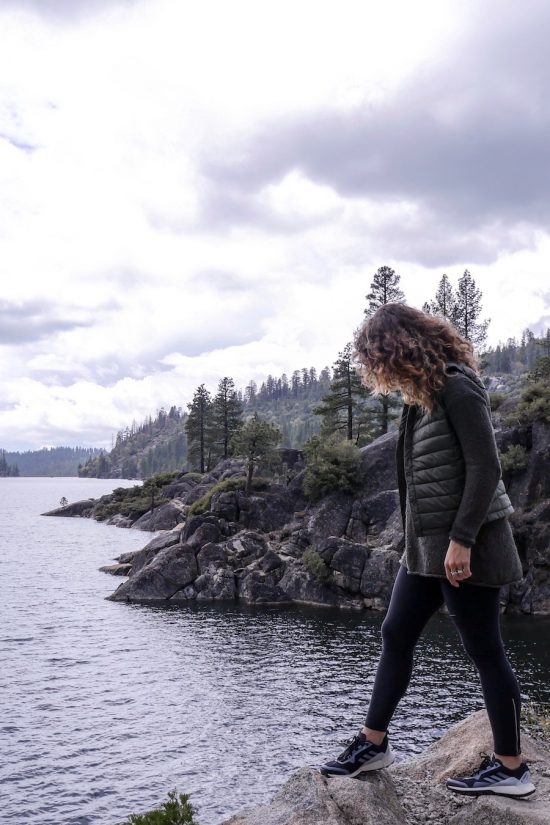Cutting single-use plastic out of your life has been a popular topic in 2018, and for good reason. Preserving the oceans, rainforests and endangered species of this planet from our own destruction will take a monumental effort and requires all of our collective attention. Making a habit of bringing your own shopping bag to the supermarket and Keepcup to the coffee shop is easy enough when you have a daily routine to follow. If you, like me, are always on the move with an ever-changing routine, then remembering these things can be a little harder but a totally achievable goal. Whether you’re backpacking, travelling for holidays or on business, those good habits you have made at home don’t need to be lost just because you’re in a foreign country. These are a few of the ways I’ve been doing my small, yet important part for the planet.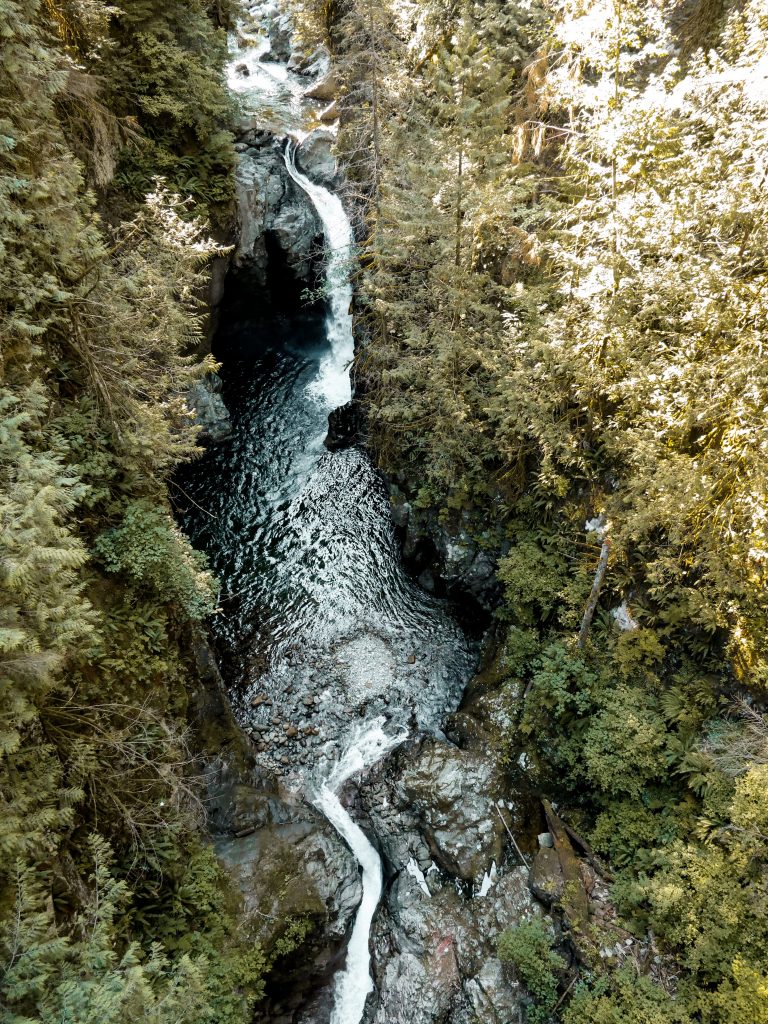
Water Bottles
Everywhere I go I carry my Hydro Flask with me. What feels like a hefty investment for just a water bottle is really a true hero. Hydro Flask’s keep cold drinks cool and warm drinks hot, so there’s already a double win there. But any reusable water bottle will work perfectly and they don’t all come with a large price tag.
I’ve found the challenge with a refillable water bottle when you’re on the move isn’t remembering to bring it along but finding a suitable water source to fill it up from. Across Europe, the US and Canada, finding tap water and even filtered water fountains is easy. It’s when you find yourself in cities without a reliable tap water source, that refilling your water bottle becomes a little more tricky. On a side note, the locals in most of the less developed places I have visited, generally drink the tap water. They have grown up with it and are now immune to many of the bacterias that our tender western stomachs aren’t.
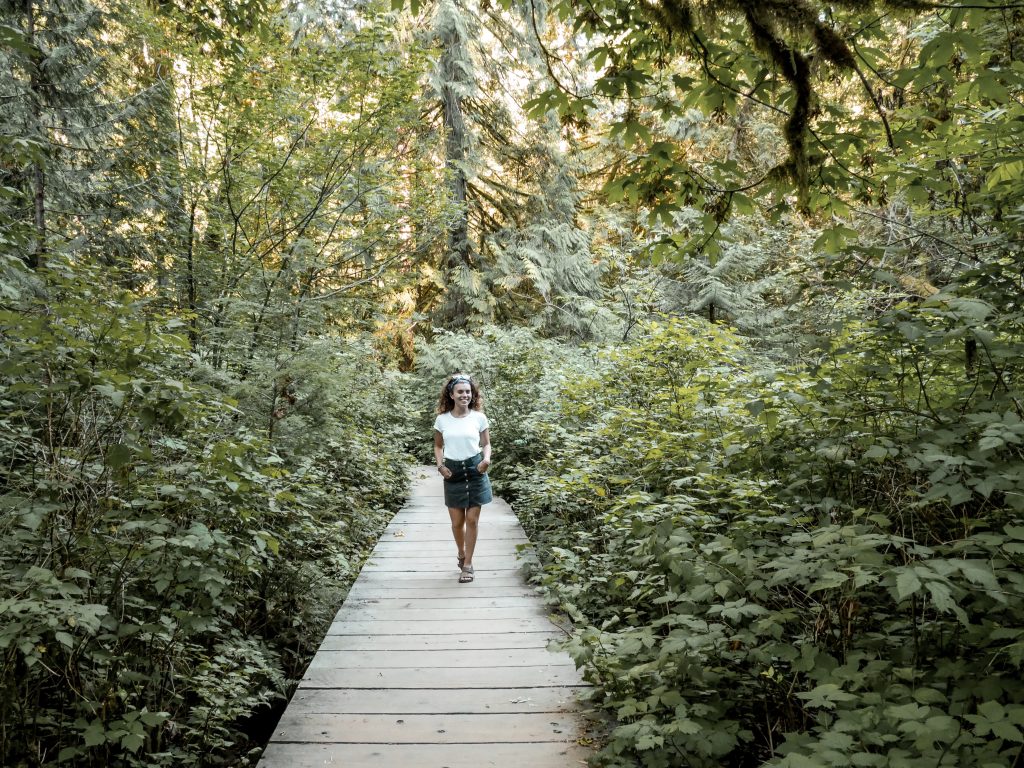
I found that some hotels and hostels have large water jugs to refill your bottle from (I’m talking the large 100 litre, plastic type that is turned upside down on a stand). The plastic used for these jugs is in fact sent back, cleaned and refilled, so whilst it’s plastic, it’s not single use.
If that isn’t possible, then sharing a 6-litre bottle of water with a few other travellers to refill yours can mean there’s only 1 plastic bottle between you all. Another thing to check for is if that bottle can be returned to the store for a few pennies. Often less developed countries will pay you to return your plastic bottle, and just like the larger jugs, they go back to be reused or recycled by the water companies.
The Mooncup
If you use one, then you already know! A mooncup (also known as a menstrual cup) saves a hell of a lot of non-recyclable feminine hygiene products going to landfill or into our oceans. And not to mention the plastic packaging they all come in, which also isn’t recyclable.
I will start by saying, you should test the mooncup and give it a chance. I can agree it’s not right for everyone, or not right for everyone throughout their whole cycle, but when you notice all the money and waste products you save, you will feel like a goddess!
I felt like there must be another solution to carrying around a tone of supplies and the mooncup started to pop-up in conversations with other female travellers just when awareness started to grow in the market. Naturally, when I was back in the UK I bought one to test out (and I would emphasise on testing it out at home before you go travelling in case it doesn’t work for you). Turns out it suited my body and definitely my lifestyle.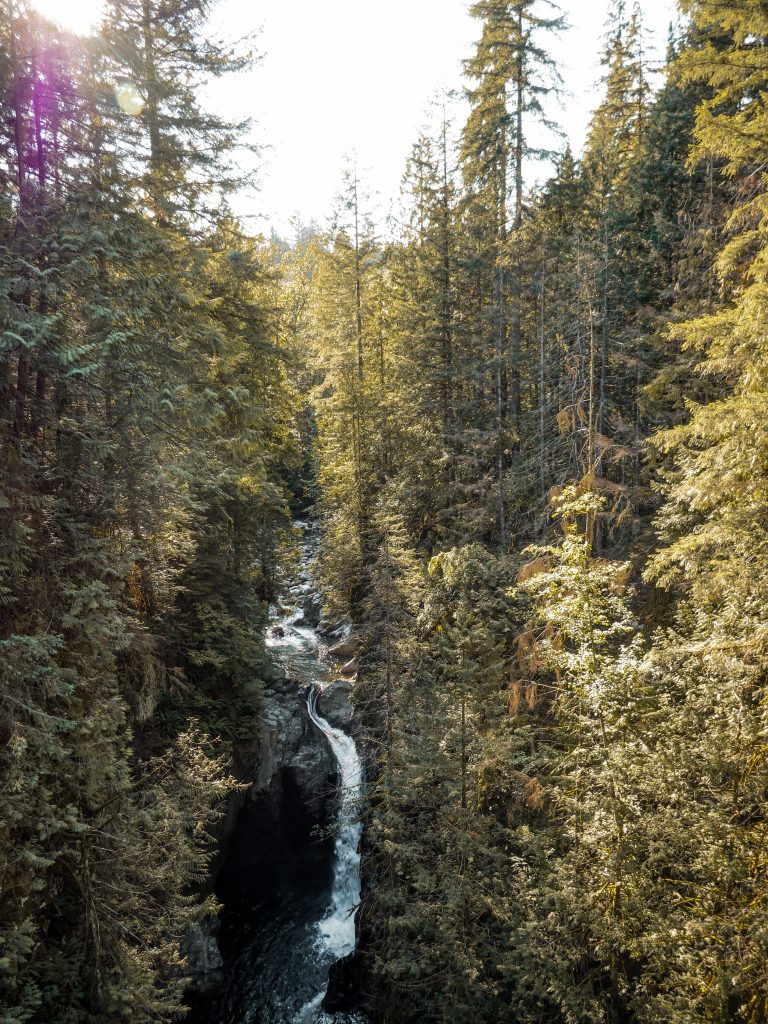
When travelling, grabbing something to go seems like the easiest option. However, this usually results in some sort of disposable packaging being used. Again, less developed countries usually aren’t so educated about the environment and tend to serve food styrofoam or plastic packaging as opposed to the recycled takeout boxes that are gaining popularity elsewhere. Not only is your hot food absorbing those plastics (which isn’t good for you), the food contamination of the packaging, combined with the lack of recycling means it goes to landfill. Instead, give yourself a little extra time and opt to dine in. I’ve sat on the side of the road after ordering from a street vendor and eaten dinner from a real bowl with metal cutlery. I also love to use those moments to soak in the atmosphere around me, which in my opinion contributes to the experience of eating local food. We’re all guilty of disposing of our used shampoo, conditioner and body wash bottles, it just seems to be how it is. When it comes to beauty products and toiletries, there’s little being done by the manufacturers to encourage us to reuse these bottles. Offering a refill service isn’t common in any of the large supermarkets and drugstore chains, which leaves you stuck for reusing them whether at home or on the move – choosing to recycle them is the best option but don’t forget to clean it out first. One thing I have done to try to get around this is to use Dr. Bronner’s Castile Soap for almost anything. Dr. Bronner has put on the label himself that this product has 18 uses and it’s no lie. Whilst I don’t wash my vegetables in it, I do use it for body wash, shampoo and shaving soap. Which means with one product I already saved two additional plastic bottles. And if you did happen to find yourself amongst a Wholefoods or similar store, then take full advantage of the bulk buy section and refill your bottles instead of buying new ones.
A few things to remember:

Dining In
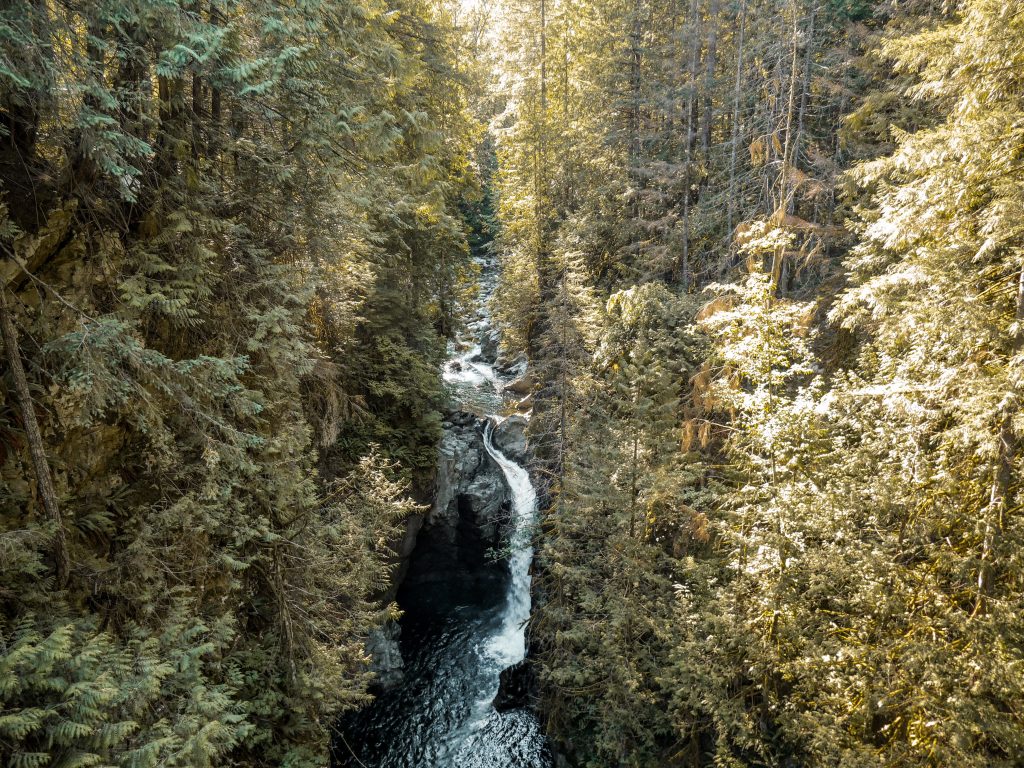
Toiletries
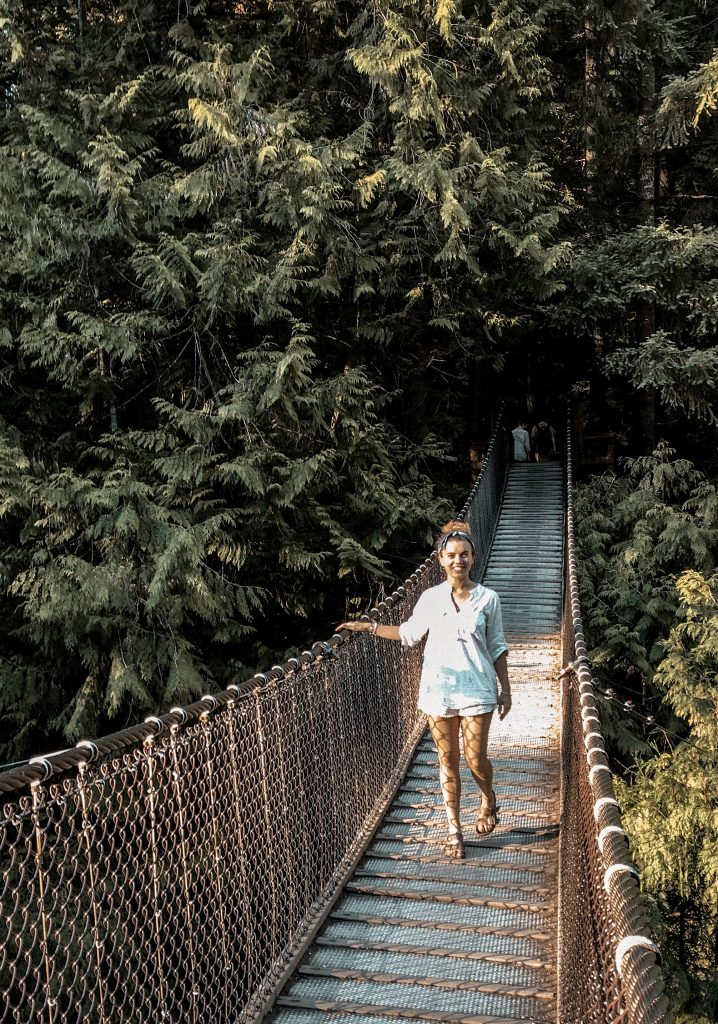
Straws
If it turns out you have the not so terrible pleasure of drinking coconuts on the beach, and a straw is arguably necessary because you don’t want to dribble it down yourself, then picking up a bamboo or metal straw before your travels is another really easy way to cut out using plastic ones. Carrying one with you also has you covered for those other times when you might just need it.
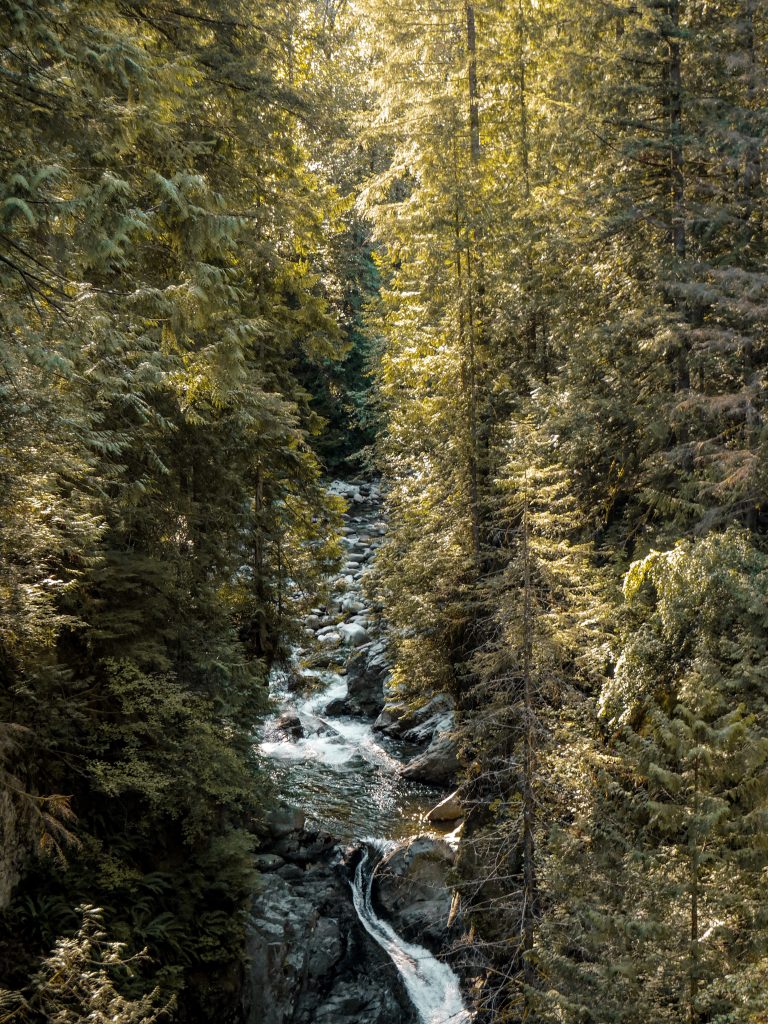
All the photos here were taken at the stunning Lynn Canyon Park in North Vancouver. We spent the afternoon wandering around this place and it was a great reminder of why we have to make these measures to protect the planet. It’s a popular tourist destination and local hangout but this also means that the natural habitat is subject to being abused. There’s a lot of litter in places where you simply can’t reach to clean it up. Not only should we try to use less plastic but aim to leave no trace wherever we visit.
